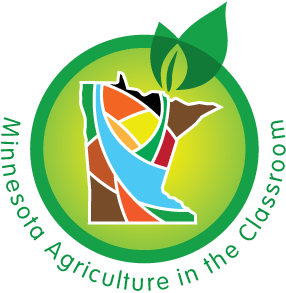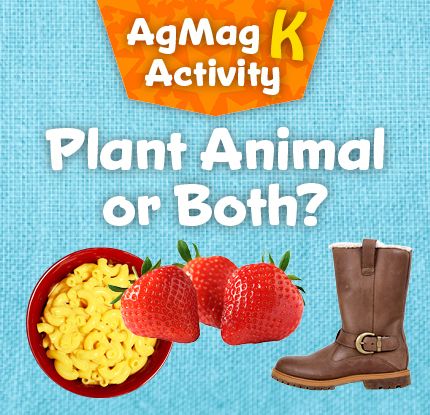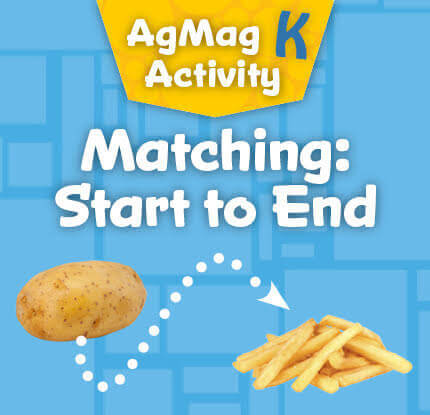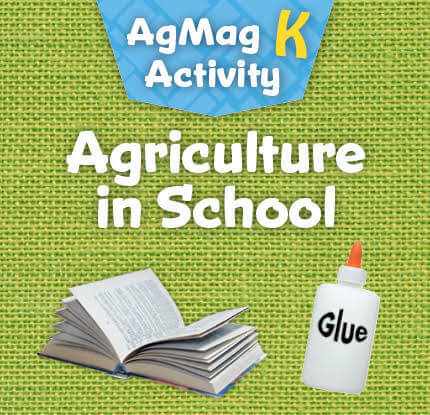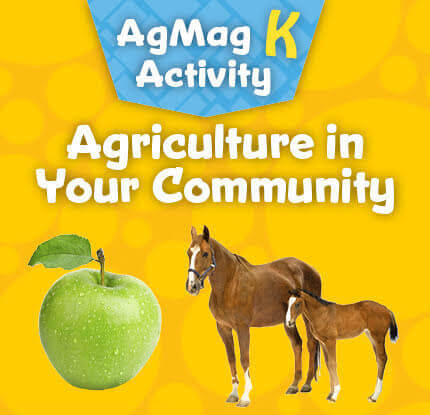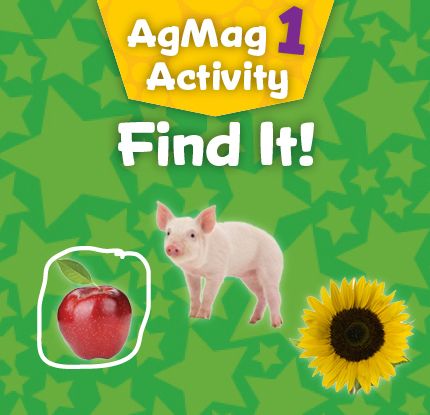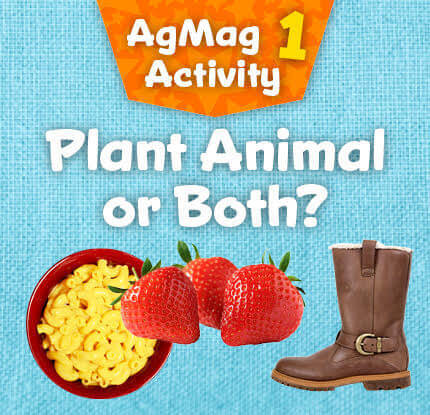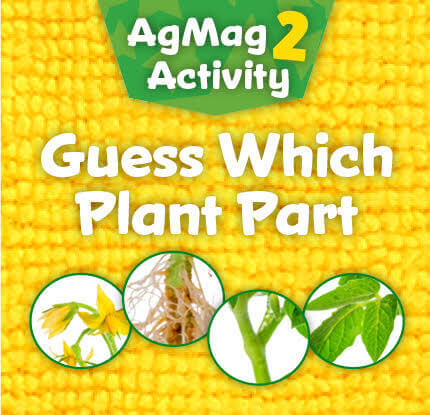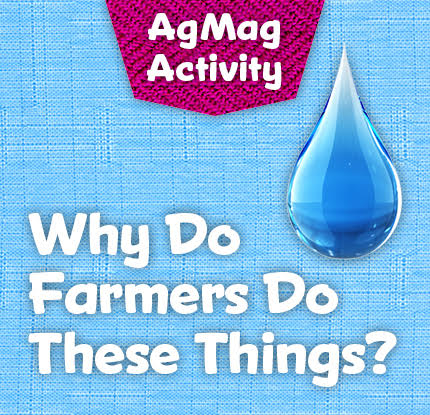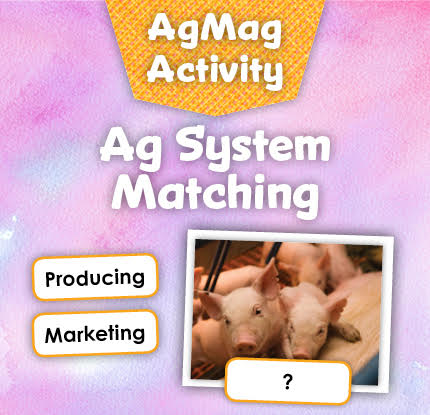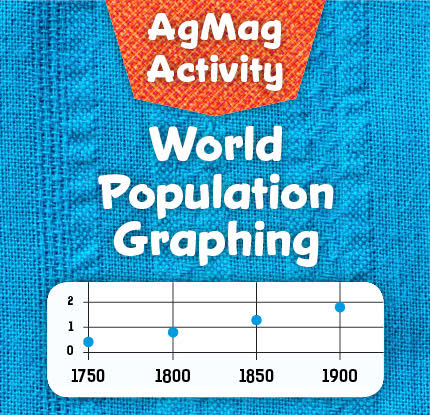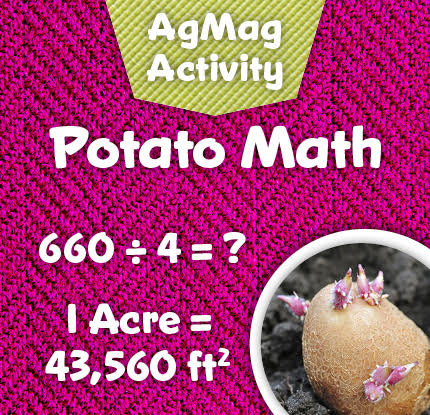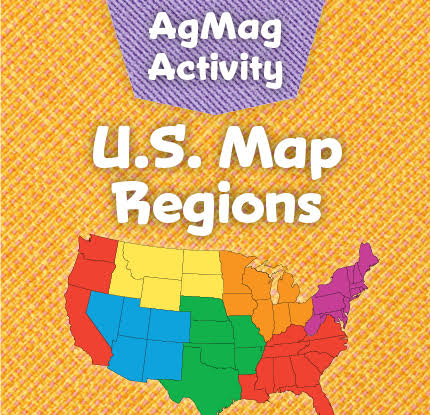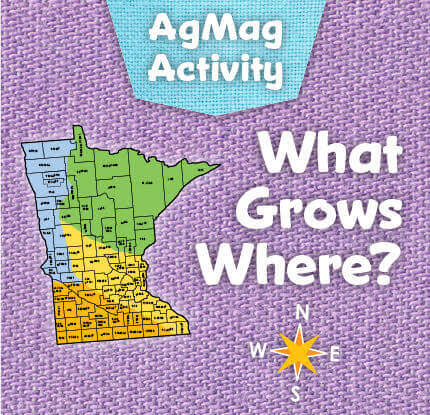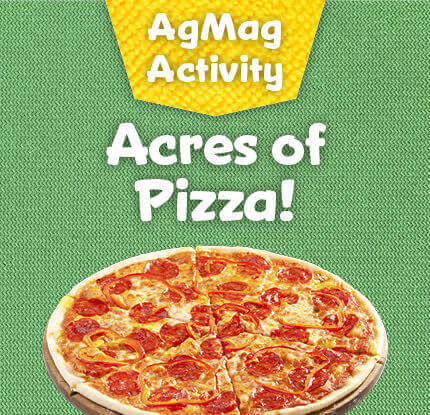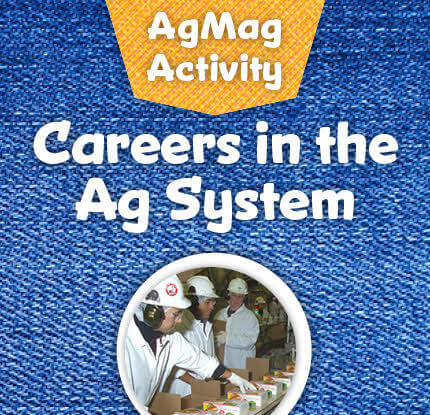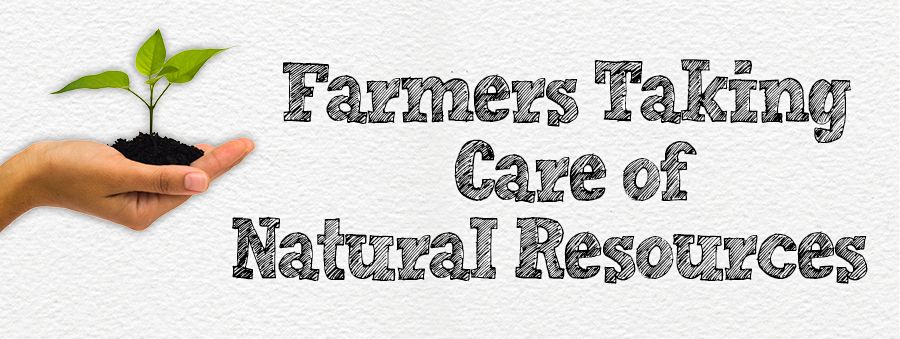
Farmers Taking Care Of Natural Resources
Now that you know how important water, soil, and air are to farmers, you can see why it is important to take care of them. Farmers everywhere continue to learn more about technologies to keep our natural resources in good shape so they can continue to provide us with the agricultural products we need and use every day.
Tiffany Family Farm, Redwood Falls, in Redwood County
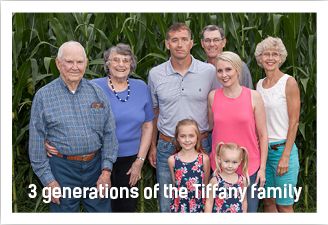
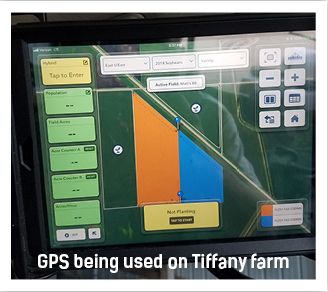
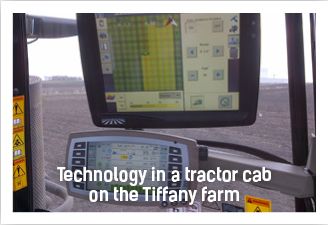
Matt Tiffany and his father Bruce grow field corn, sweet corn, and soybeans. His farm uses many techniques and technologies to protect the soil, air, and water. One technology that is important on his farm is the Global Positioning System (GPS). GPS allows Matt to locate himself in his crop fields. He uses these locations to collect soil samples in a grid pattern. The soil is analyzed and maps are created that show management zones. These management zones help Matt determine the precise locations where the soil needs more nutrients. The large equipment Matt uses on his farm has software that can read the maps and identify the management zones. This equipment uses the GPS maps and sensors to automatically apply fertilizer or soil nutrients precisely where it is needed and not where it is not needed. This process is called Variable Rate Application or VRA.
Matt also uses GPS to capture data on the yield of his crops. “Yield” is a word that describes how much is being produced. Corn and soybean yields are both measured in bushels. The information that GPS collects tells him where things are growing most successfully. Matt also uses maps and information from GPS to design and construct water control structures. These structures work to drain water from the field so that crops do not get flooded during heavy rainstorms.
It would be much harder to farm without things like GPS and other technology. “Being able to manage our soil and water without technology would be impossible,” says Matt.
River Oak Farm, Inc., Blooming Prairie, in Steele County


The Schmeling family’s River Oak Farm Inc. is in the southeastern part of Minnesota. It is a fifth-generation family farm with three generations currently farming together. The Schmelings grow corn and soybeans.
They test their soil every four years to check the nutrient levels and make sure the soil is healthy. They use Variable Rate technology to apply fertilizer in only the spots that need it and only at the levels that it needs to produce good crops. The farm is in the Minnesota Agricultural Water Quality Certification Program. That means they have been recognized by the state of Minnesota as being good stewards of water quality.
The Schmelings use Variable Rate technology because it is the best way to know what effect they have on the land they farm. Their family has been farming some of the same ground since 1896, so they have a long history with it. That is why it is important to them that the next generations have the chance to take care of it too.
Windy Creek Acres, Royalton, in Morrison & Benton Counties
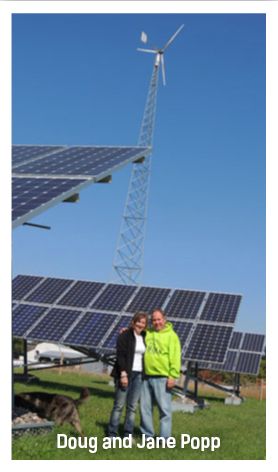
Windy Creek Acres is a third-generation family farm run by Doug and Jane Popp, and their children Emily and Nick. They have 220 acres of cropland where corn, soybeans, and alfalfa are grown. They also raise 40 dairy cows and many other animals, including chickens, goats, sheep, and peacocks. The Popp children raise sweet corn and pumpkins to sell in the community.
The Popps use a highly efficient irrigation system in order to conserve water. They also use buffers to protect waterways and make sure their soil does not erode. They also have a 150-foot-tall wind turbine. The turbine produces energy that powers lights, coolers, and various machines used to milk cows. They also use solar panels to power their grain bins and grain drying processes. The panels are very low maintenance and have reduced energy costs
In the future, the Popps hope to build an education center on their farm to help people understand how wind energy and solar energy provide power and are helpful to the environment. They hope that their children will continue to be involved in agriculture.
Think and Discuss
- What are some of the ways farmers use Variable Rate technology?
- Why is it a valuable piece of technology?
- Why is it important for farmers to protect the air, soil, and water?
Cause and Effect
Do you know what cause and effect are? That is when something happens (cause), and that causes something else to happen in response (effect).
Read the text above again. Then list 3 examples of cause and effect that are described in the text.
Example: Variable Rate technology shows where the soil does or does not need extra nutrients (cause). That way, the farmer does not apply too many chemicals (effect).
